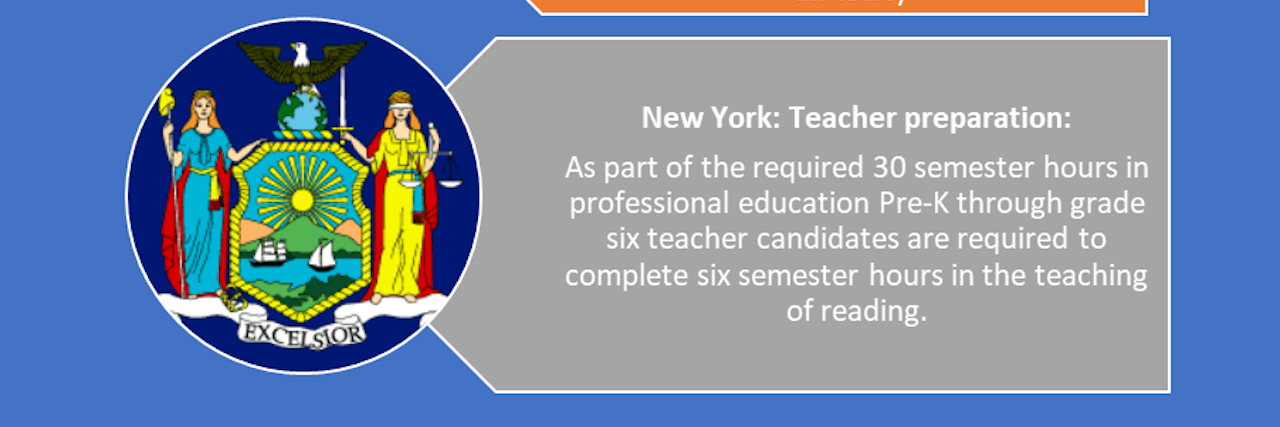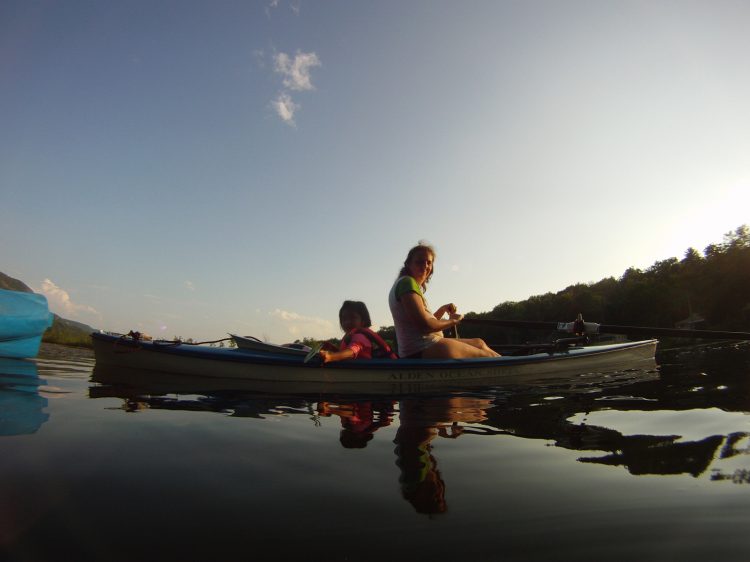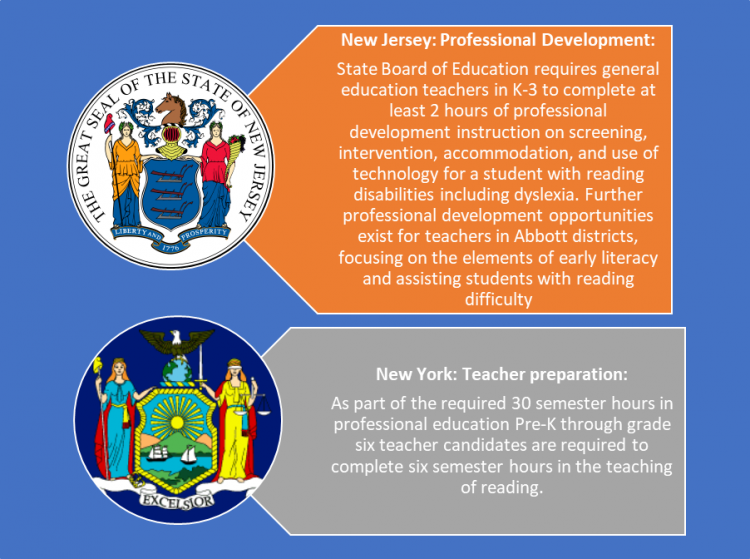Nobody likes to tell little white lies, but that’s where we are. What would you do to change the educational climate of teachers and/or the kids they teach who have reading issues such as dyslexia? We have to do something, and as parents and teachers, we are the ones in the trenches with the loudest voices.
Does Anyone Know How to Crack the Code?
When our daughter was 5, she fell off the monkey bars at school and broke her arm in two places. We went to The Bone and Joint Center, they took an X-ray, and an orthopedist reviewed the results. They put her arm in a cast, which is protocol, and in six weeks she was healed, but she still has a weak arm and has to be careful not to re-injure the arm.
Around that same time, our daughter’s reading issues were coming to a head. It was crystal clear, at least to me, that something was not right. She couldn’t remember letters and connecting letter patterns to sounds was a distant dream.
What I didn’t understand then, but I know so well now, is that there wasn’t anybody who was specially trained to help her; nobody knew how to crack the code. Sure, there were reading teachers, special education teachers, and some genuinely fantastic classroom teachers. What we didn’t find was someone in the educational process that spoke that specialized language that our kids with reading issues like dyslexia need to be taught if they are going to learn to read.
Who Can Help Us and What Should We Do?
The Reading Teacher
From my own experience and talking with other parents over the years, one of our significant surprises is that the school reading specialist may not be trained to work with kids with reading issues like dyslexia. Counting on the reading specialist seems like a no-brainer, but it’s not. Our daughter’s reading specialist is a pleasant, smart person, but she couldn’t help her learn to read.
As it turns out, the reading specialists are reading specialists, and they can help lots of kids with their reading issues. However, there’s a world of difference between helping someone who needs an extra nudge to learn to read and helping a kid who has a reading issue like dyslexia. Kids with dyslexia have brains that are wired to learn to read differently.
I was slow to come to this realization because one of my close friends is one of those highly trained and brilliant reading specialists who can work with kids who have reading issues like dyslexia. She’s an exception. They are out there.
At the least, for heaven’s sake, let’s get our K-12 reading specialists certified in a multisensory structured reading approach based on Orton-Gillingham and make sure that higher education teacher training programs with reading tracts include at a minimum, the basics of reading information as outlined by The International Dyslexia Association (IDA) and recommended by Congress.
Teacher Training in Reading
Without getting into exhaustive detail, the roles and requirements of teachers are dizzying. There’s the overlap between the reading services and special education services. To this day, I am embarrassed to say that I’m still not entirely sure who is at the helm of our daughter’s services and I’ve long since forgotten who has been trained in what.
Most parents do not expect the classroom or general education teachers to be reading experts, but we do expect teachers to know what a reading issue like dyslexia looks like and what interventions work. Not all kids have advocates, so it’s up to the classroom teacher to identify the signs of dyslexia and push for screening and appropriate services. Kids who slip through the cracks lose opportunities to reach their potential and even graduate. Illiteracy is a path to despair as demonstrated by the dyslexia school to prison pipeline. It’s unfortunate because we have the solutions.
Having policies that mandate early screenings for identification of children at risk for dyslexia and providing appropriate interventions in the schools would help enormously; that’s not widespread yet, or anytime soon, therefore we need to advocate and protect our kids by honing in on teacher training in both K-12 and higher education.
The Education Commission of the States recently published a comparison of state requirements for reading for teacher training (K-3) and professional development in reading. Below, are the reading requirements in our home state which is New York followed by New Jersey:
If you sift through the report and look at the requirements in all 50 states, it is no wonder that we are in chaos. Just look at the differences between New York and New Jersey!
The teachers aren’t happy either, and many are frustrated. A recent teacher survey from Decoding Dyslexia Oregon stated that 56 percent of teachers felt their teacher training prepared them poorly or below average to work with or identify struggling readers; 29 percent said that their training was average. This survey was specific to Oregon, but I’m sure it’s not much different elsewhere. We can do better.
Higher Education
If we want to stop the little white lie of dyslexia service in school-age children, we have to look at our entire education system and that starts upstream in higher education. We need to take a systems approach to a problem that is filtering down to the districts. All the future teachers need some level of training before they begin their in-service. Our educational system is intended for all children, and until we create that change, a free, accessible public education is a little white lie.
Here’s the good news in higher education. There are comprehensive certification programs out there, but only a handful. The International Dyslexia Association (IDA) provides accreditation, but there are just around two-dozen programs across the country. There are other programs, both brick and mortar and online that offer various levels of science-based training about dyslexia and how kids with reading differences like dyslexia need to learn to read.
Unfortunately, there’s still a ton of programs that don’t cover the basics of dyslexia or the five major components of how we learn to read. Walking into these programs and creating change isn’t easy. The challenges in higher education are numerous, including declining enrollments, shrinking budgets, and many other problems. For education programs, we have the reading wars on top of all of the issues. I hope that ignorance is a significant factor since ignorance can be changed.
Teach My Kid to Read is focused on creating change in higher education. Let us know if you have ideas and thoughts on how can we get higher education more engaged in teaching all of our kids to read.
A version of this story originally appeared on Teach My Kid to Read.



